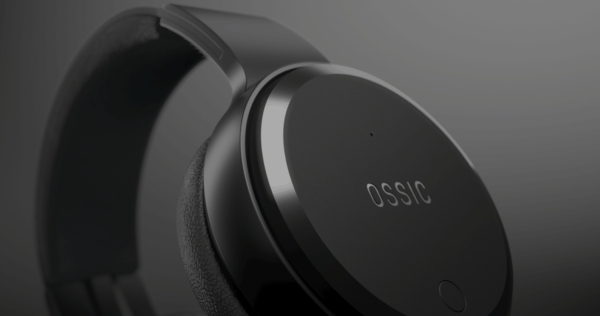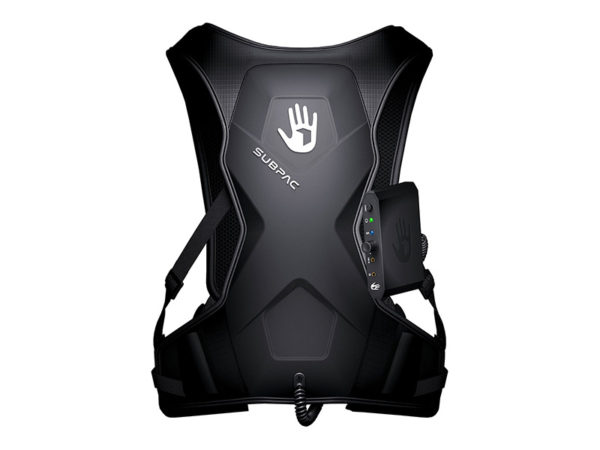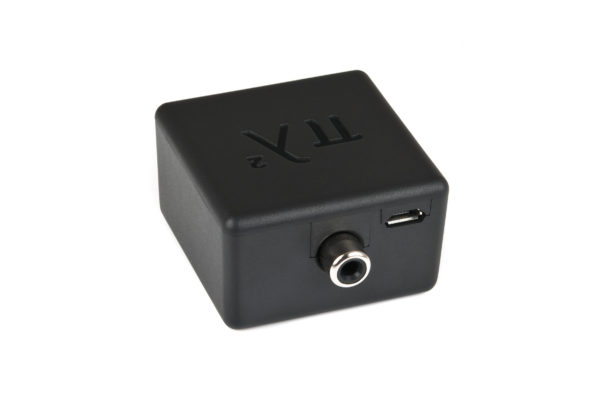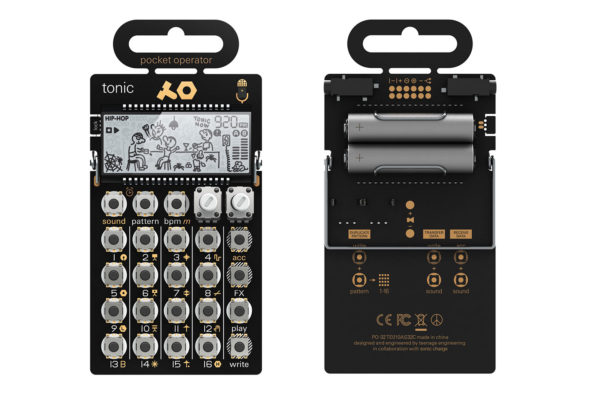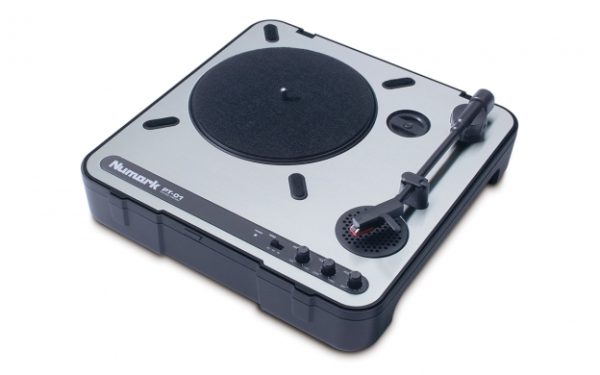Sonic Branding Part 1
In this series of articles we’ll dive into the essential concepts of sonic branding in today’s rapidly evolving experiential and multisensory media landscape, examining everything from immersive audio, music and sound design within campaign strategies, to the importance of sonic identity assets and enhancing brand look and feel via a multisensory approach.
“As mathematics is the universal language of the mind, music is the language of the heart”
Robert Schumann, Composer (1810 – 1856)
Music is one of the most important aspects of audio branding. We’re hardwired to rhythms and patterns, with science suggesting that hearing is the first of five senses that develops in the mother’s womb, an embryo perceiving its mother’s heartbeat around 18 weeks. Music is so important to us that we constantly and consistently make it part of life – whether through daily routine or during milestone events. From simply driving a car to work to graduation ceremonies, weddings and funerals, music plays a crucial and significant part in how we experience events and the emotions we perceive around them. As perhaps one of the most ubiquitous forms of social interaction after spoken language and gesturing, music is another way of expressing emotion through communication, so it’s perhaps unsurprising that it forms the backbone of many successful audio branding strategies.
As we’re rapidly transitioning from the informational era to the experiential, the classic model of product, price, placement and promotion is no longer a cutting edge approach when placed in the context of today’s tech-savvy and advertising-weary consumers.
Aspects such as authentic emotions, a novel experience, direct engagement and sense of exclusivity play an increasingly pivotal role when it comes to “turning customers into fans”.
“When modes of music change, the fundamental laws of the state always change with them”
Aristotle, Greek Philosopher and Scientist (384–322 BC)
In fact, for decades a number of research programmes have shown that when purchasing expensive goods, for example fashion items, a new gadget or a motorbike, we rarely use a pragmatic approach. Dr Gottfried (2014), in her publication The Hormone Cure, states that it is a purely emotion-driven experience that makes our hypothalamus release the hormone oxytocin, giving us a sense of social connection, bonding, trust, generosity and overall happiness. Only after we’ve calmed down do we tend to try to rationalise the decision from a more practical standpoint.
Unlike spoken language which is processed primarily by the left part of the brain, music tends to engage the more creative and emotional right side of the brain, suggesting that music is a language which communicates directly to our feelings rather than our logic.
In this way, communication through music enables us to communicate emotions, thus creating more memorable experiences and encouraging more thoughtful conversation by tapping into our increasing need for authenticity and direct engagement. In doing so, music is capable of assisting brands in building a special position in their customers’ minds.
Music also plays a significant part in sonic branding when it comes to getting customers to buy into the values a brand stands for. When engaging people through authentic emotions, you need to tap into their passions, and music does that for the majority of the global population.
Brands like Pepsi have understood the power of audio branding for many years and have spent extortionate amounts of money featuring stars such as Michael Jackson, whilst producing tailored music and lyrics as part of their marketing campaigns dating back to the 1980s. The result of those campaigns enabled Pepsi to win a large market segment consisting of young Americans from the much established Coca-Cola.
The great news for thousands of brands around the world is that working with superstars is no longer the only option – any young and aspiring brand can accelerate the process of connecting with their audiences by taking advantage of intelligent branding and marketing strategies that fully utilise both sound and vision.
With a rapidly growing global ubiquity of mobile devices and VR headsets, along with an increasing choice of affordable or even free options of music streaming, apps and immersive content platforms, the power of music within branding is only set to increase.
‘Music is the shorthand of emotion”
Leo Tolstoy, Writer (1828-1910)
In the next installment of our sonic branding series we will continue to discuss the concept of exclusivity, the perceptual self-identity of a consumer in relation to a brand, and purchase decision-making based on a sonic branding strategy.
1.618 Digital





